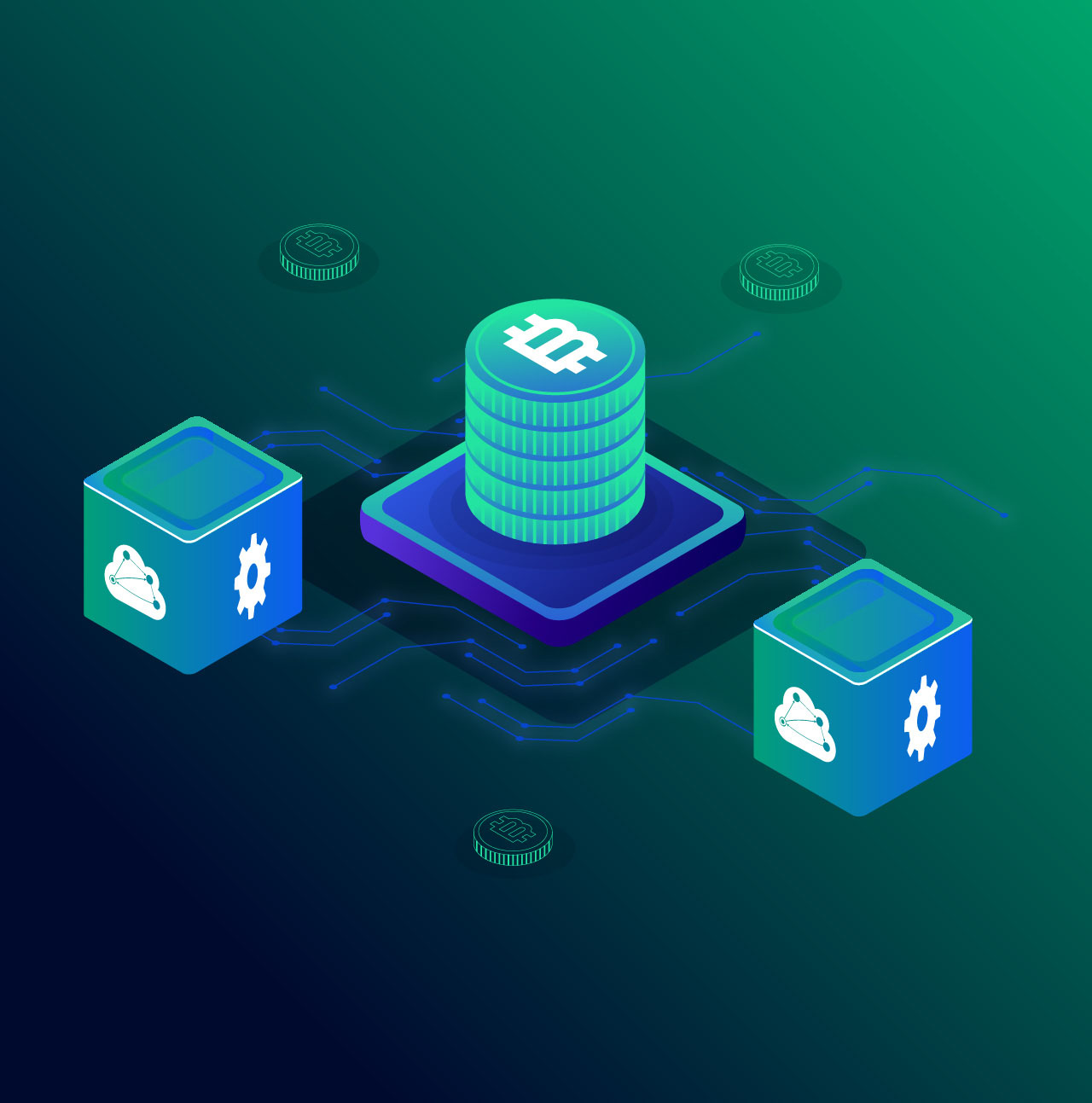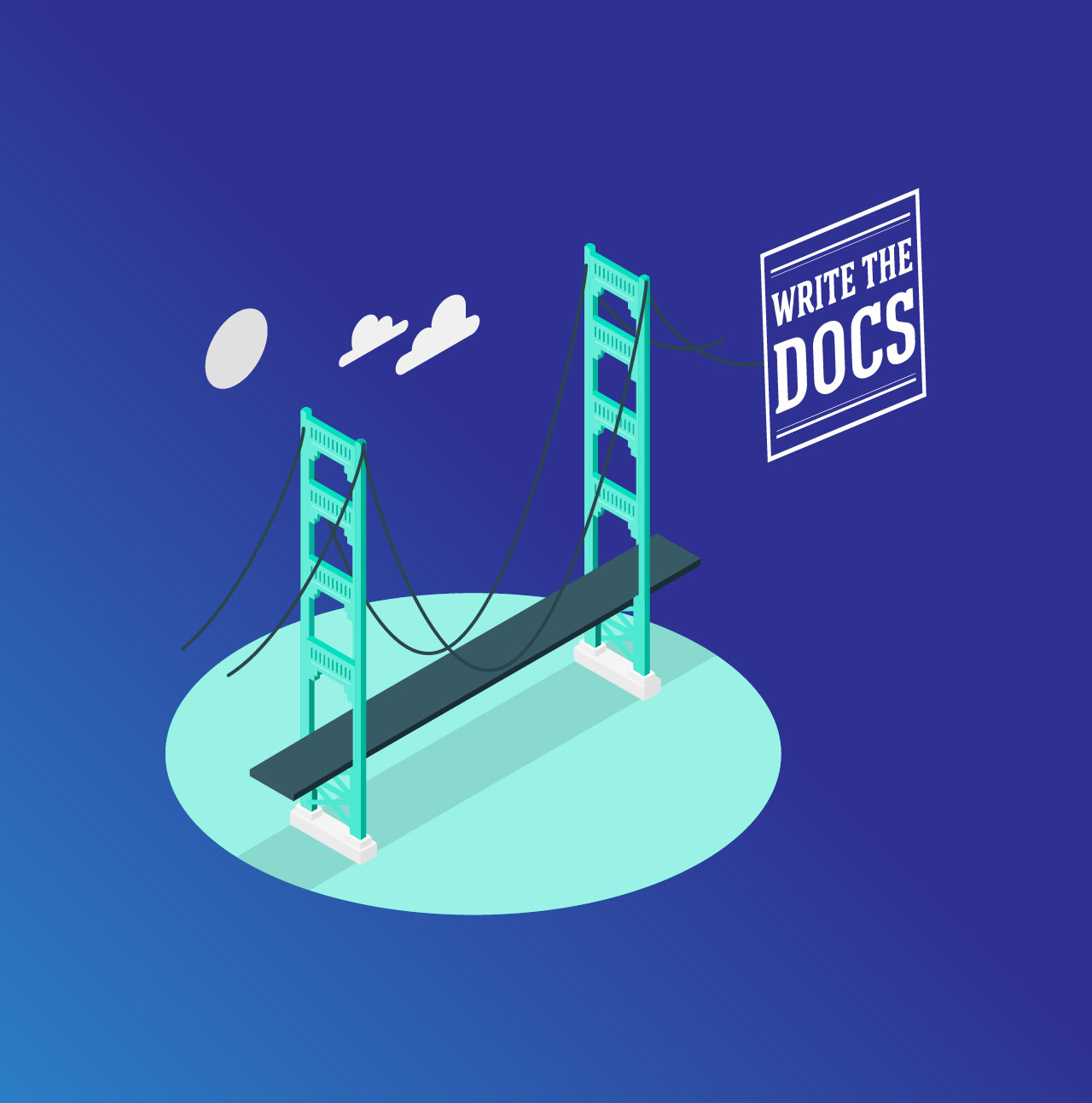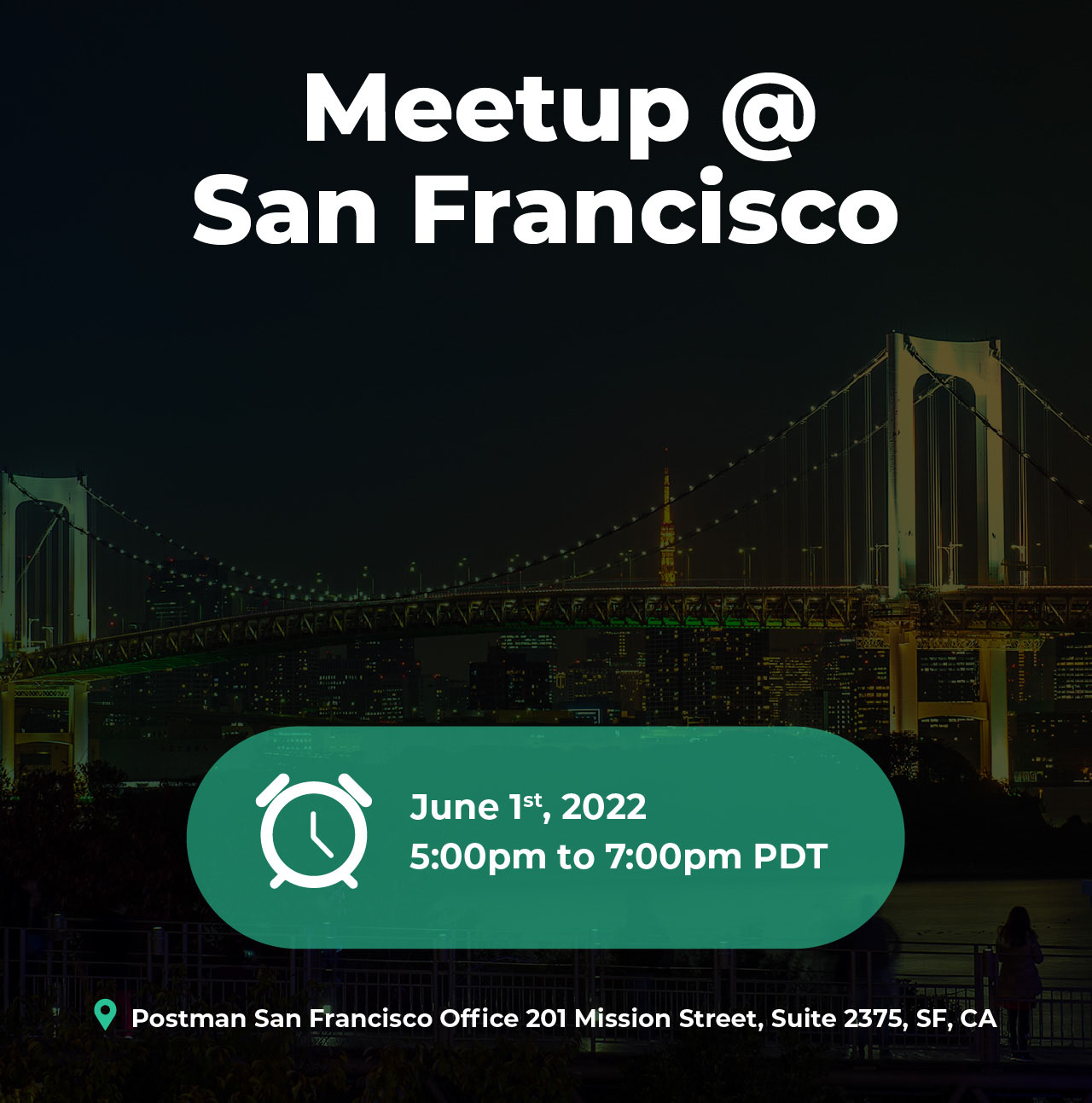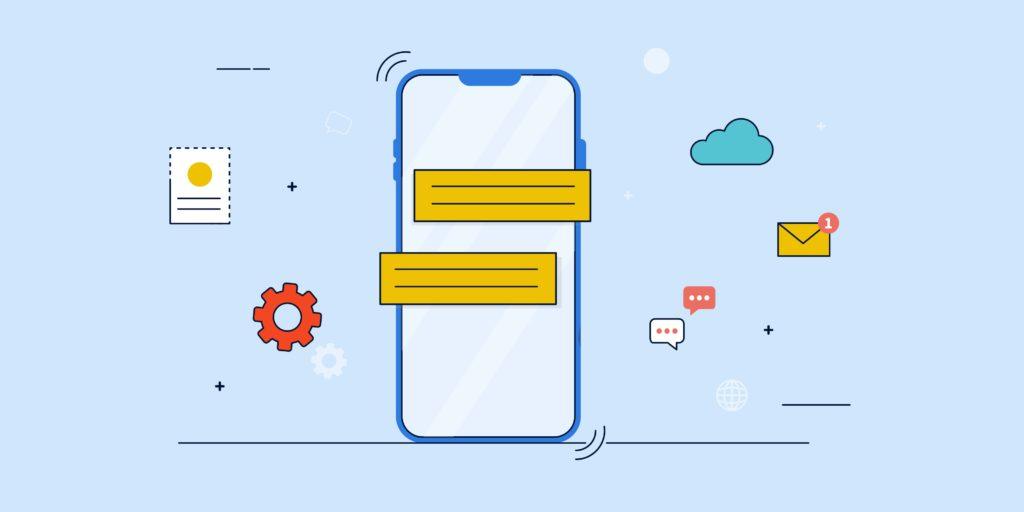
Every day, 23 billion SMS messages are sent worldwide, which is equivalent to 16 million messages per minute, exchanged between 7 billion mobile subscribers across the world — (CTIA)
The SMS industry is huge, and the bulk SMS industry huger. Wide adoption and availability of the technology has made it the number one choice of communication for businesses, who can now reach out to millions of people across the globe with the minimum of effort. Businesses today are making use of SMS messages to send alerts of all kinds, and for a very good reason.
SMS messages are more likely to be opened than Emails, a typical message is read within 3 minutes with a CTR of 19% versus 2% for email.
A lot of that is being done over (A2P), Application-to-Person, where an application is programmed to trigger messages at particular intervals or events. There are a number of tools available to run these campaigns, but none as customizable and powerful as SMS APIs which give direct control to businesses to build messaging facilities straight into their systems.
As of now, they are more than 750 Messaging APIs currently listed on Programmable Web, with more and more services being listed daily. Using SMS APIs, companies can send complex 2-Way SMS messages, marketing messages, verification messages, notifications, alerts and warnings of all kinds.
To see what makes some of these APIs so popular, we shortlisted a pool of them, analyzed what they had to offer, and what really makes them so popular in this age and time. The APIs that we analyzed include:
- Twilio
- Nexmo
- Plivo
- Telstra
- AT&T
- Bandwidth
- ClickSend
- MessageMedia
For the analysis, we started off by looking at the features these APIs have to offer, followed by the compliances they meet, and then their Developer Experience programs. By the end of the blog, you would know what does it take to stand out in the industry and compete with the giants we know today.
Essential Features — SMS APIs 2019
Analyzing these APIs in terms of the functionality they provide, we recognized that there are a set of features that are common to most of them. These features are the bare essentials if you want to make it in the SMS APIs space. They include:
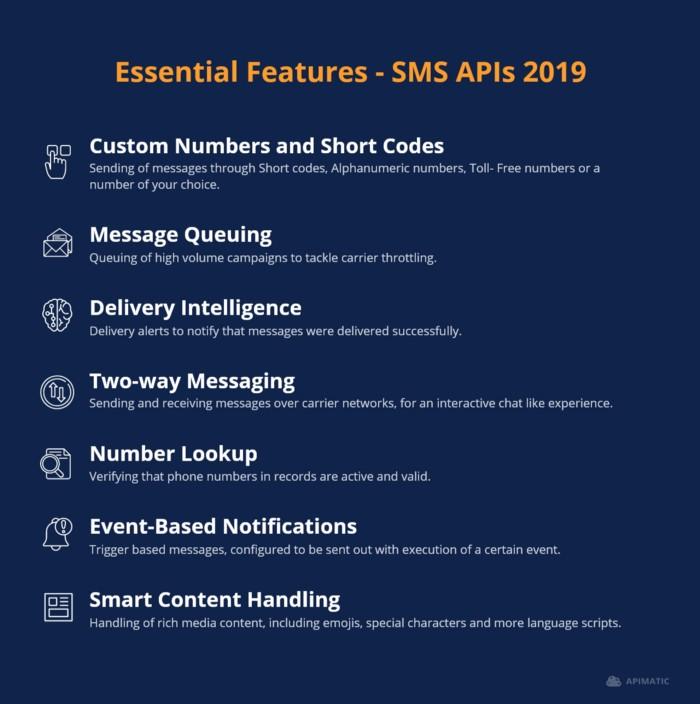
Many of the APIs included in this study go beyond that and have added more value, building on these features. For instance Twilio allows sending of MMS messages, allowing senders to attached pictures or other forms of media. Furthermore, they have a mechanism to recognize the optimum routes to send out messages, ensuring guaranteed delivery in record time. Nexmo features a persistent sending ID, using the same number to send messages to one person. Plivo features number pooling, to distribute campaign loads and ensure quicker delivery.
Compliance Requirements — SMS APIs 2019
For the telecommunication industry, one of the biggest challenges faced is being compliant with local and international regulations. Often continents, countries, states and even specific carrier networks, have a set of rules they abide with, and unless an SMS API caters to these rules, messages may never be delivered as intended and campaigns may go in vain.
For most top SMS APIs, all these regulations are met and precautions are implemented, some important regulations and guides include:
- The TCPA (Telephone Consumer Protection Act)
- CTIA Messaging Principles and Best Practices
- CTIA Short Code Monitoring Handbook
Some common practices to be globally compliant by most regulations include: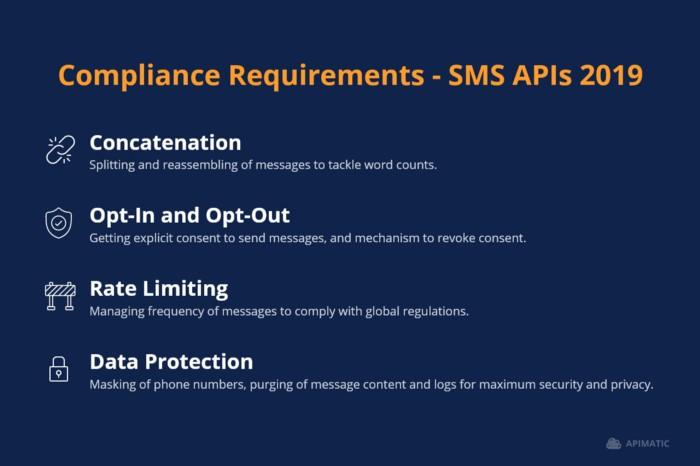
What Really Makes Great SMS APIs?
So by now, if you are trying to rate one SMS API over the other, you probably would run into too many of them offering the same set of features, with different implementations, all offering them one way or the other, leaving you guessing that which of them is really worth it?
And for that, we take you to the question, what makes a great API?
And the unanimous answer to that is great Developer Experience. All the best APIs are easy to consume and require shorter development time to integrate. At the end of the day, each API is supposed to facilitate interoperability, and the easier is it to integrate, the better the API.
To see how these SMS APIs stood out, we analyzed their publicly available Docs and Developer Portals and came up with the matrix below, which summarizes our findings.
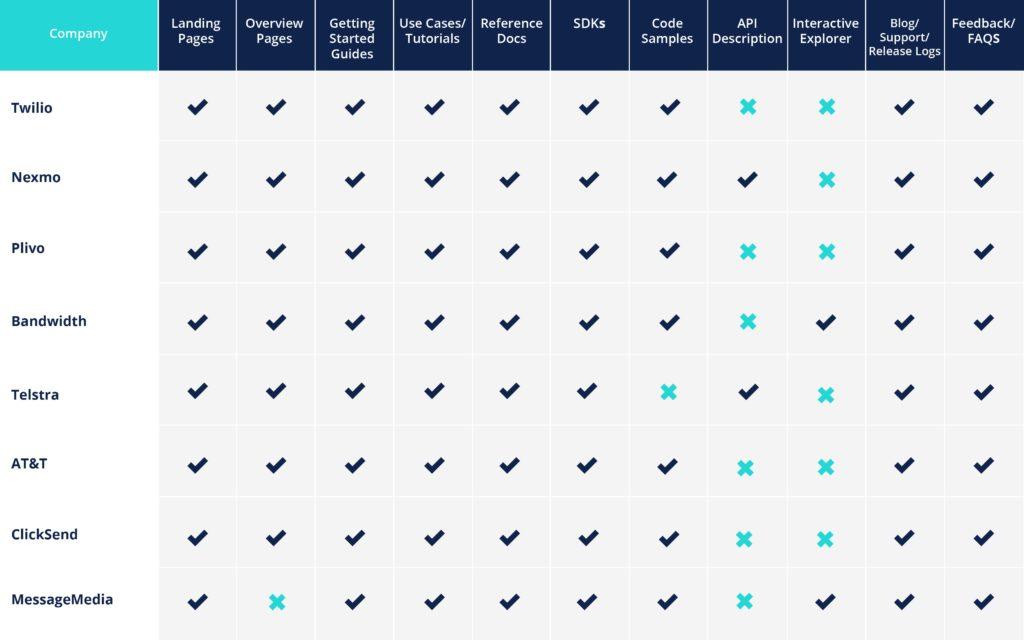
Where each of these API providers fills in quite a number of checks on the Developer Experience Checklist, each of them stood out in some respective fields.
Twilio, Nexmo and ClickSend do a wonderful job with their Landing Pages, which do a great job onboarding users with what facilities they offer, what features does the API come with and how can they help them solve problems with tons of uses cases, tutorials, and Sample Apps. Almost all API Providers have made use of visuals and diagrams to explain the inner workings of an API.
Bandwidth offers a Sandbox environment where users could play around with the API, similarly, MessageMedia offers an API console where Code Samples can be tried around with. Telstra has a run in postman button, where you can try out sample calls, the click of a button takes you to the postman tool.
Both Twilio and Nexmo offer a dedicated API Service Status page, with intuitive layout structures that help consumers get to their desired bit of information faster.
SDKs and Code Samples are also something that all these popular APIs have to offer, popular languages being: Ruby, PHP, Python, JavaScript, C# and Node.
Great Developer Experience: A Challenge
If you are out at this making an SMS API, it’s essential that you miss out on none of these offerings, or you will stand no chance against the competition. Often smaller teams come up with brilliant technology but lack the numbers to focus on anything else except the core offering. It is just as essential to focus on material revolving around the API, the marketing pages, documentation, client libraries and much more, all of which take a lot of time, effort and energy, but without none of which your API will see success or adoption.
While companies like Twilio, Nexmo, and AT&T can afford to heavily invest in programs like that, for startups and smaller companies it becomes impossible to spare time or money. With the cost and time it takes to produce all of this material, it’s not scalable with evolution, often Docs and SDKs lag far behind when APIs are multiple versions ahead, and this is the reason.
So the challenge here is how do you take your brilliant API out to developers when you don’t have the means to keep it developer-friendly for long?
And the answer lies in automation, while a human developer may take several days to produce and maintain all of these components, Code-Gen Engines can take an API Spec as input to automatically generate all of these components and all of it within a few minutes. Want to make updates to your API? Don’t worry, build the engine into your CI/CD pipeline and generate new components with every new push, release or update.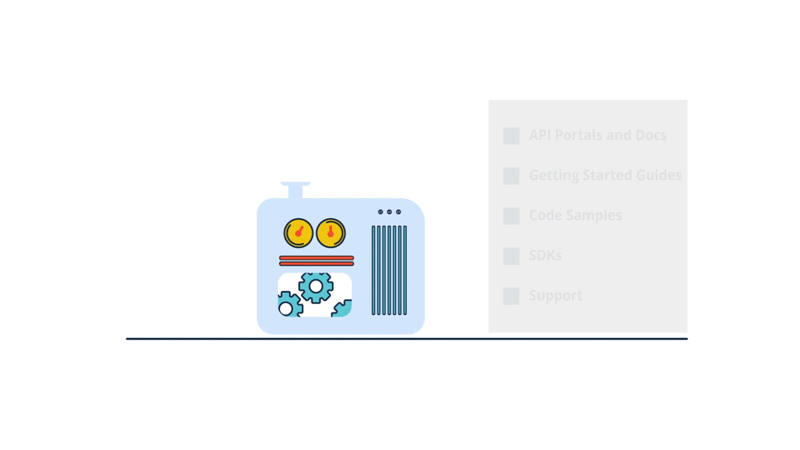
All you now have to do is, add more and more features to your API, make it compliant to the point you can rollover your competition, while a Code-Gen Engine takes care of the material you need to put it out in front of Developers.
Need to talk more about automating Developer Experience? Speak to us today and we’ll help you get started.
Thanks to Adam DuVander.



